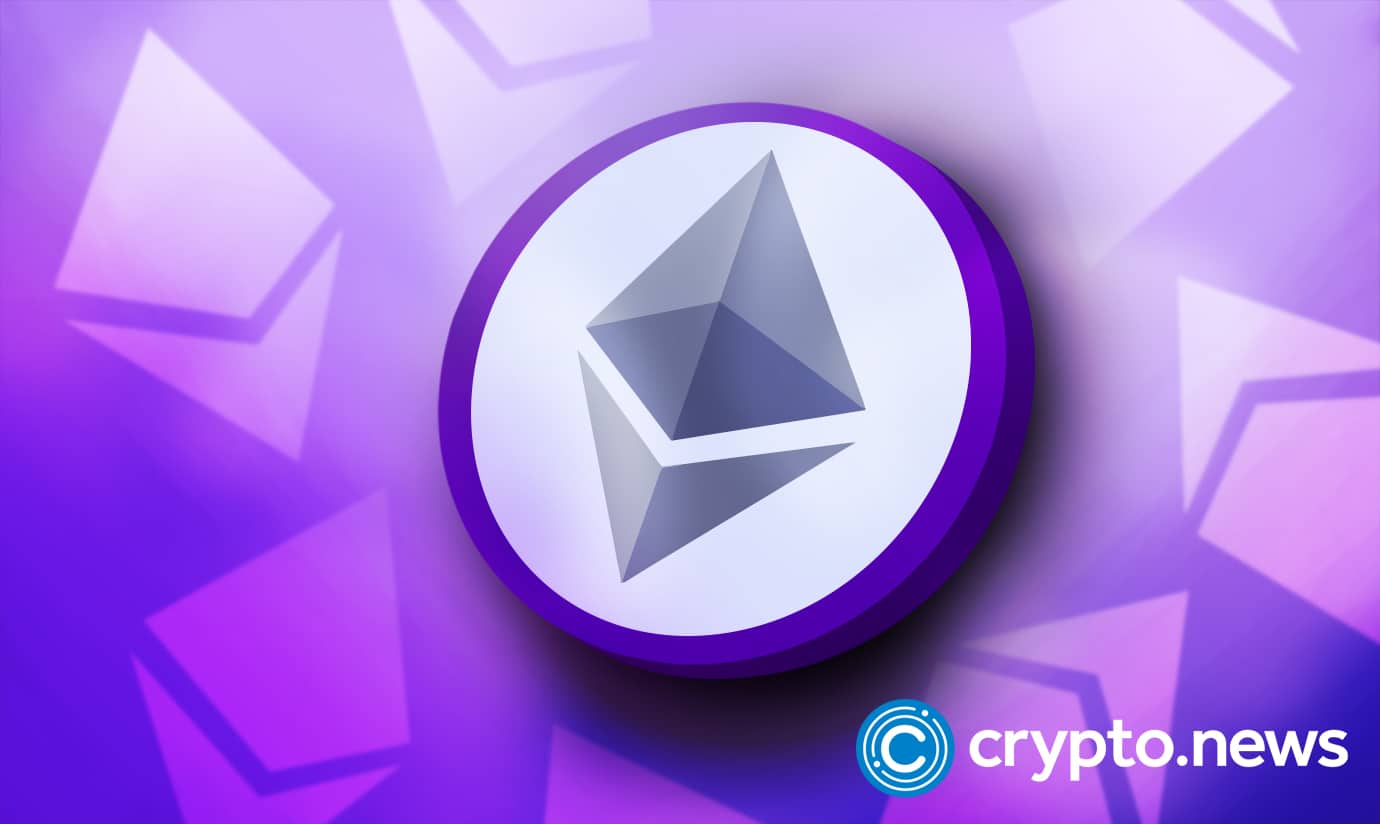Ethereum developers on Goerli now have to pay for test ETH

In an unexpected twist, Ethereum developers now have to purchase Goerli ETH, which are Testnet tokens, going by recent events on Feb. 26.
Goerli ETH spikes to as high as $2
Per a screen grab shared by a concerned user, Goerli ETH, at one point, changed hands at above $2, dropping to around $1 when it was posted on Twitter.
Ethereum, as a smart contracting platform, allows developers to launch dApps in DeFi, NFTs, and more. Considering the immutable nature of crypto transactions executed via smart contracts, developers need a test environment to refine their creations.
The Goerli Testnet on Ethereum provides a platform for developers, anywhere in the world, to test their dApps using test ETH coin. Over the months, it has proven to be a valuable resource for developers.
In the Goerli Testnet, for example, transactions posted are for testing purposes though the environment simulates the actual events on the mainnet. Transactions do not overlap, and these two networks remain distinct. The key difference between the Ethereum mainnet and Goerli is that it uses a proof-of-authority consensus algorithm while the former employs a proof-of-stake system. ETH tokens issued here are freely issued to developers.
There are several ways users can connect to the Goerli Testnet using their hardware or software wallets like MetaMask or Coinbase wallet. However, these tokens are typically issued for every, often at a rate of 0.1 ETH every 12 hours.
Moreover, most faucets require users to verify their identity before being placed in the queue to receive test ETH on Goerli. This is to prevent the Testnet from being flooded by malicious actors.
Will development in Ethereum drop?
That Goerli ETH tokens are now not technically “free” as designed should concern developers.
This could directly impact development as creators wishing to test their dApps will have to wait for prices to drop even more should they need more coins.
The reason for this, some analysts point out, is because of speculators who have been accumulating the test token, expecting to exit when prices are higher for profit.













